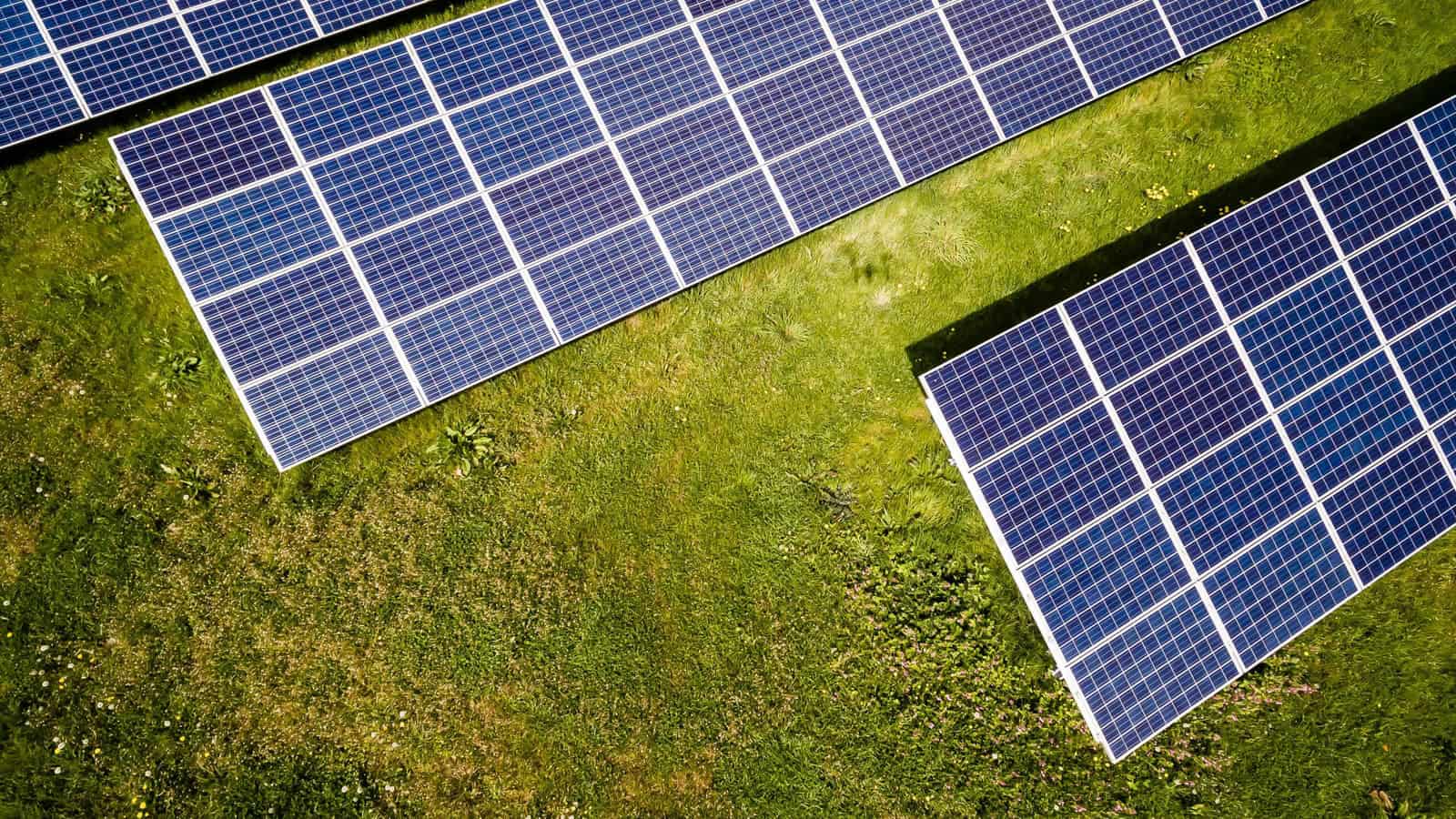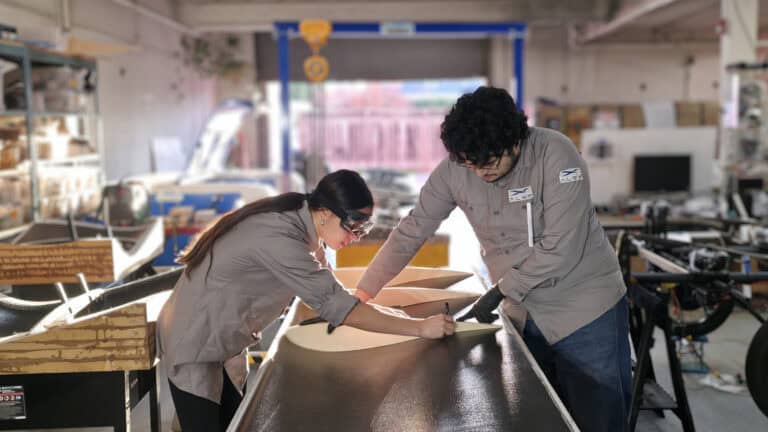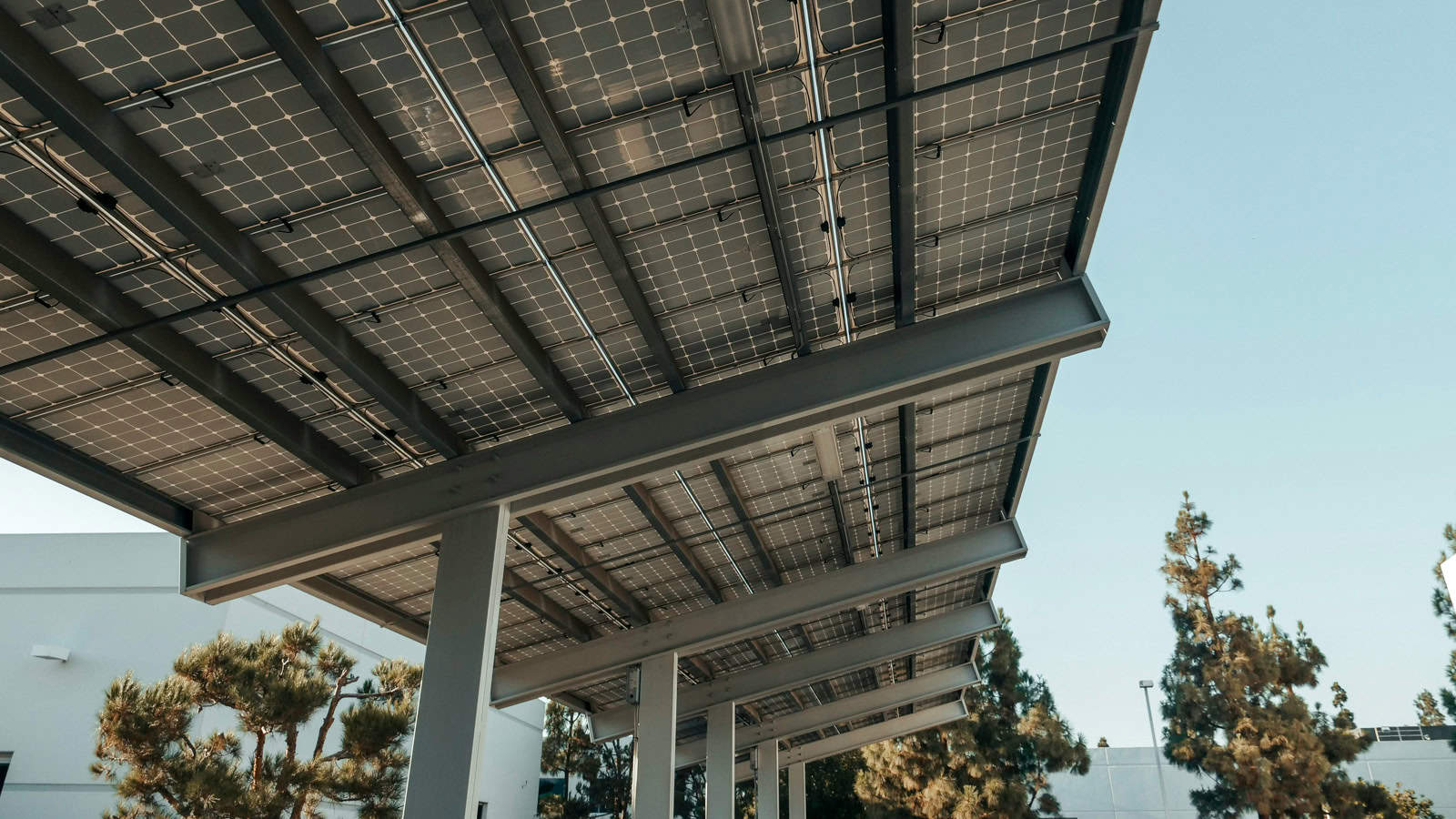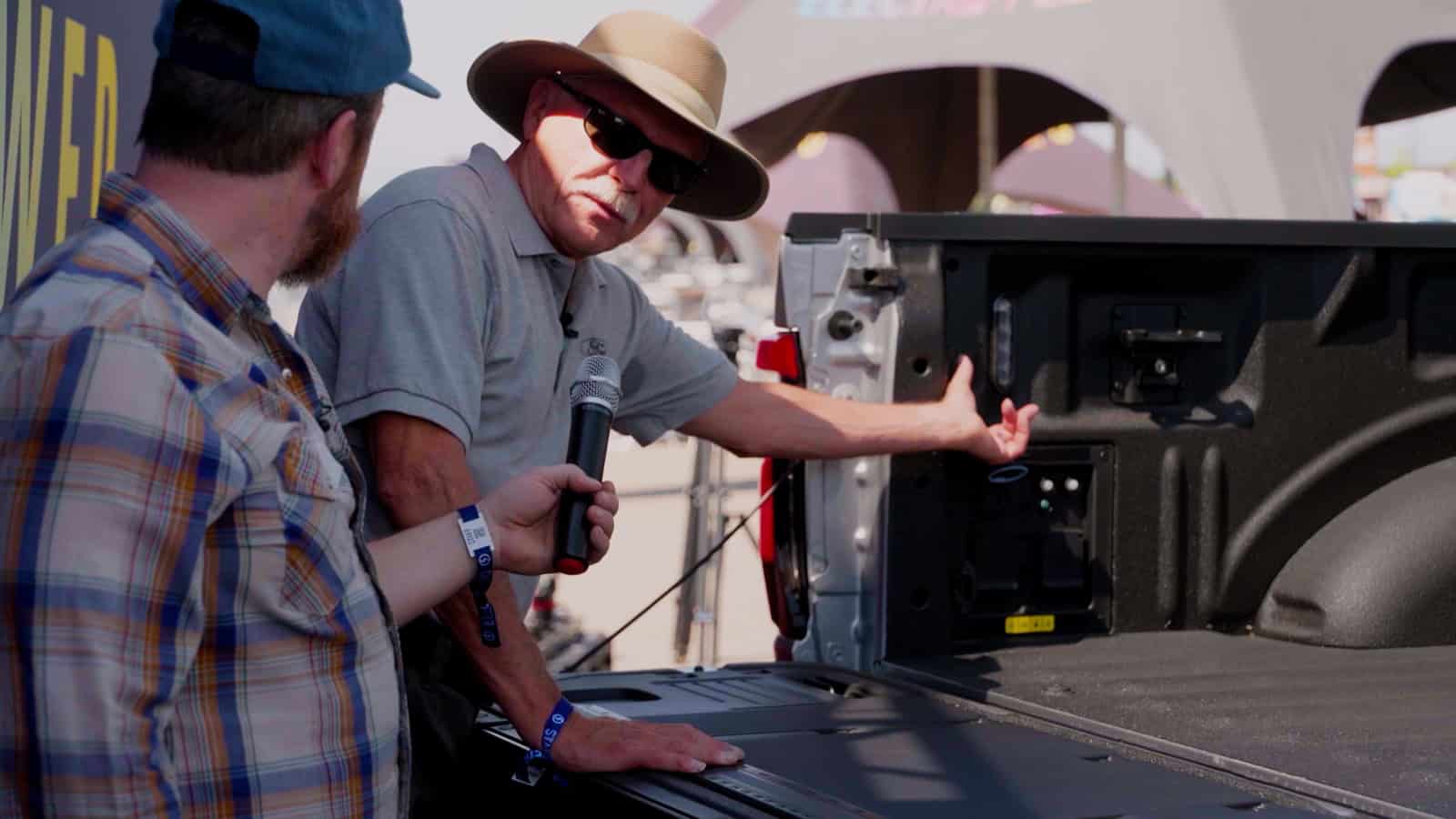- SolarBank’s Boyle Project allows renters and homeowners to save on energy bills through solar credits without installing panels.
- Integrating sheep grazing around solar panels supports soil health and provides additional income for local farmers.
- The project qualifies for NY-Sun Program incentives, promoting affordable solar energy in New York.
SolarBank’s new project—a 5.4 MW DC ground-mount solar power project in Broome County, New York—shows just how impactful community solar can be. This project is taking a unique approach called agrivoltaics, where solar energy production and agriculture work together.
Supported by the New York State Energy Research and Development Authority (NYSERDA) and its NY-Sun Program, it goes beyond being just another solar panel installation. It’s a shining example of how renewable energy can work hand-in-hand with local economies, land use, and community benefits, making clean energy a practical and accessible solution for many.
ADVERTISEMENT
A New Chapter for Solar Power Energy
The Boyle Project stands as a key component in SolarBank’s growing portfolio of community solar efforts. With a pipeline surpassing one gigawatt, the company is positioning itself as a major player in New York’s renewable energy sector.
But this project isn’t just about megawatts and market share—it’s about bringing solar energy more accessible to everyday New Yorkers. Through the NY-Sun Program, SolarBank plans to bring affordable, clean energy to thousands of homes across the state. This will especially benefit those who can’t install solar panels on their own properties.
Community solar projects like this one provide a convenient solution for both renters and homeowners. By joining a community solar program, you can get credits on your electric bill for the energy produced, lowering your costs without the need to install or maintain solar panels yourself. This approach makes solar energy more accessible, which is vital as New York strives to meet its climate goals.
The state is currently ranked among the top 10 in the U.S. for solar capacity, according to the Solar Energy Industries Association (SEIA), reflecting the high demand for renewable energy and the success of supportive policies.
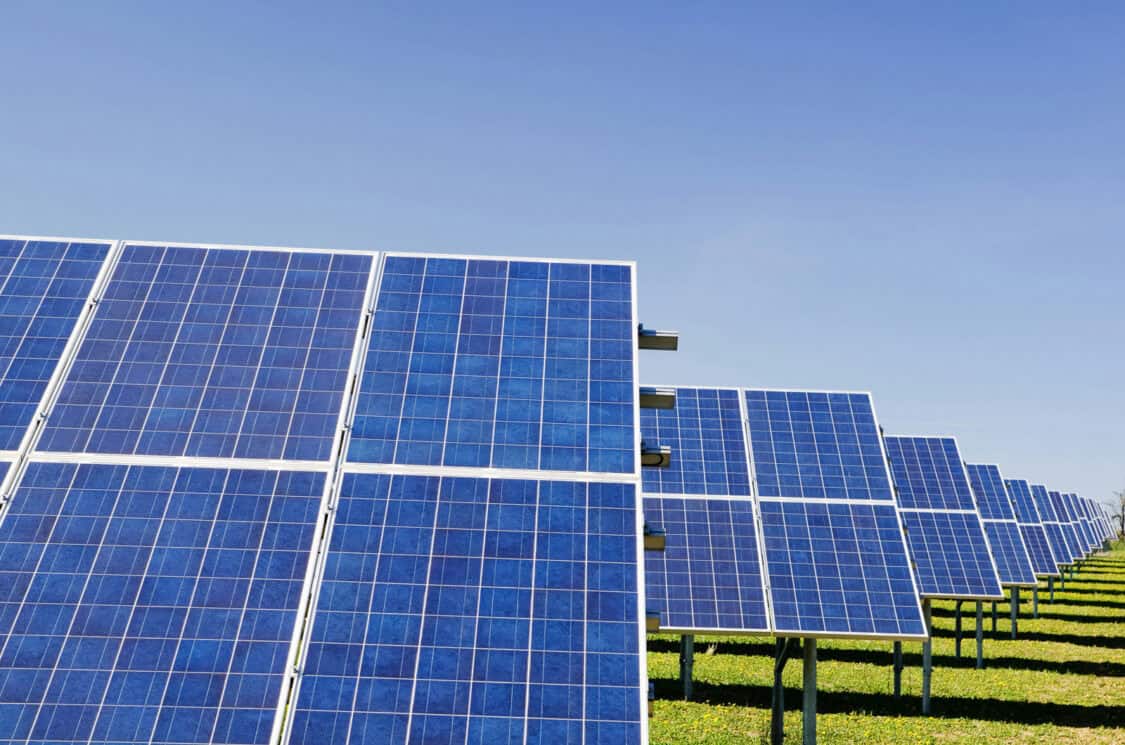
Solar Power Meets Agriculture: The Promise of Agrivoltaics
A unique aspect of the Boyle Project is its use of agrivoltaics—a system that combines solar energy production with agricultural practices. In this case, SolarBank is working with local farmers to let sheep graze around the solar panels. This is a proven method to boost soil health, support biodiversity, and naturally manage vegetation.
The sheep help keep the area around the panels free of overgrowth while also contributing to the local agricultural economy through the production of meat, wool, and dairy. It’s a win-win that shows how renewable energy projects can work alongside traditional farming.
Combining solar power with agriculture not only makes better use of the land but also gives local farmers a reliable extra source of income. With many farmers struggling financially, this dual use of land can make a real difference. This project is part of a larger trend in the solar industry to create innovative solutions that boost the benefits of renewable energy while keeping its impact on the landscape minimal.
ADVERTISEMENT
Navigating the Challenges: Risks and Realities
While projects like Boyle offer promising benefits, there are significant risks to consider. Securing interconnection approvals, dealing with regulatory challenges, and obtaining third-party financing can be complex and uncertain.
Changes in government incentives or support for solar power could also affect the success of these projects. For example, the NY-Sun Program has played a key role in expanding solar energy in New York by offering incentives and financing options that make projects like Boyle financially viable. However, any changes to these policies could threaten the future of the state’s solar goals.
Community Solar: Bringing Renewable Energy to Your Doorstep
Community solar projects are a way of making solar power energy a tangible option for more people. For many New Yorkers, rooftop solar isn’t an option due to cost, space constraints, or housing restrictions. Community solar bridges this gap, allowing individuals to support and benefit from solar energy without having to install panels on their own properties.
Through programs like NY-Sun, residents can participate in community solar projects, gaining the financial and environmental benefits of solar power without the upfront investment.

Solar Maps Help Communities to Drive Renewable Energy Growth
To support the growth of solar energy, tools like the NYSERDA Solar Data Maps and the New York Solar Map play a crucial role. These platforms provide valuable information about solar potential, project status, and energy production across the state. This helps communities and developers make informed decisions. By offering a clear view of solar development, these tools make the process easier to understand and encourage more people to get involved in renewable energy efforts.
ADVERTISEMENT

FEATURED IMAGE: ANDREAS GÜCKLHORN
FTC: We use income-earning auto affiliate links. Learn more.


